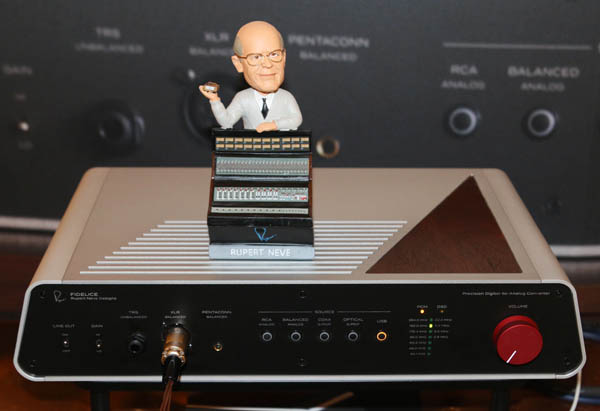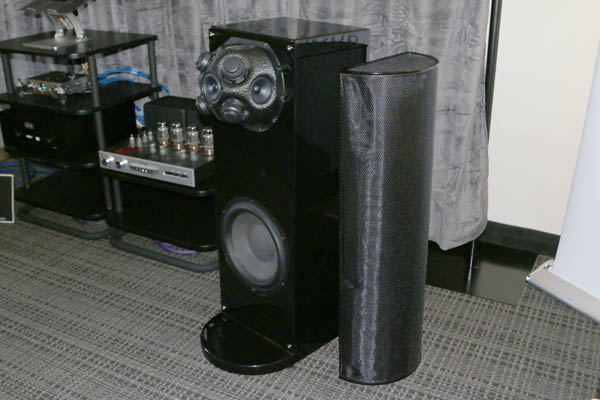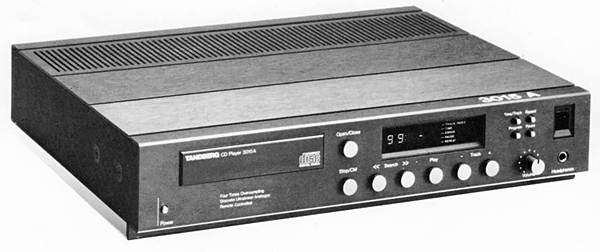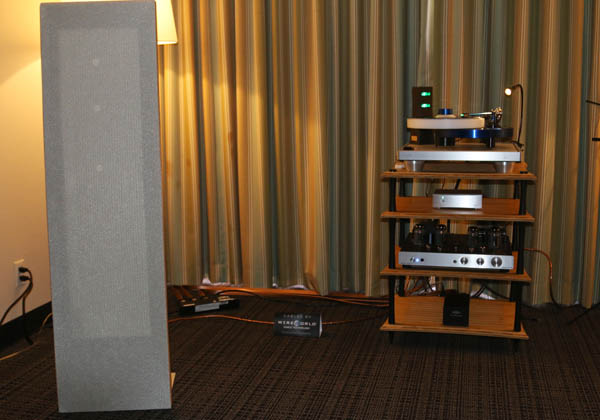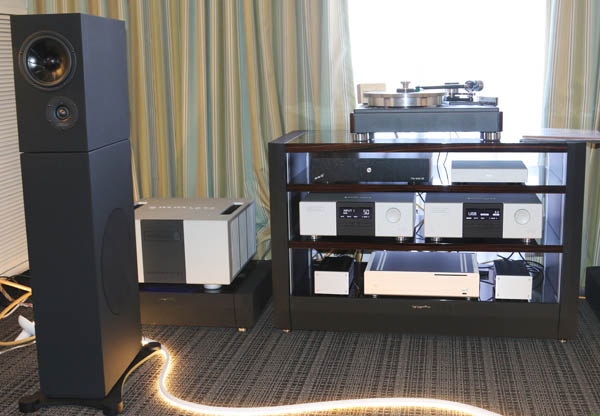
Wilson Audio Sasha DAW Speakers; VTL TL-7.5 Series III Linestage Preamplifier, MB-185 Series III Signature Monoblock Amplifiers, and TP-2.5i Performance Phonostage; Aurender A10 Music Server/Streamer/DAC; Pro-Ject Xtension 12 Turntable
Wilson Audio Sasha DAW Speakers; VTL TL-7.5 Series III Linestage Preamplifier, MB-185 Series III Signature Monoblock Amplifiers, and TP-2.5i Performance Phonostage; Aurender A10 Music Server/Streamer/DAC; Pro-Ject Xtension 12 Turntable

- Read more about Wilson Audio Sasha DAW Speakers; VTL TL-7.5 Series III Linestage Preamplifier, MB-185 Series III Signature Monoblock Amplifiers, and TP-2.5i Performance Phonostage; Aurender A10 Music Server/Streamer/DAC; Pro-Ject Xtension 12 Turntable
- Log in or register to post comments

